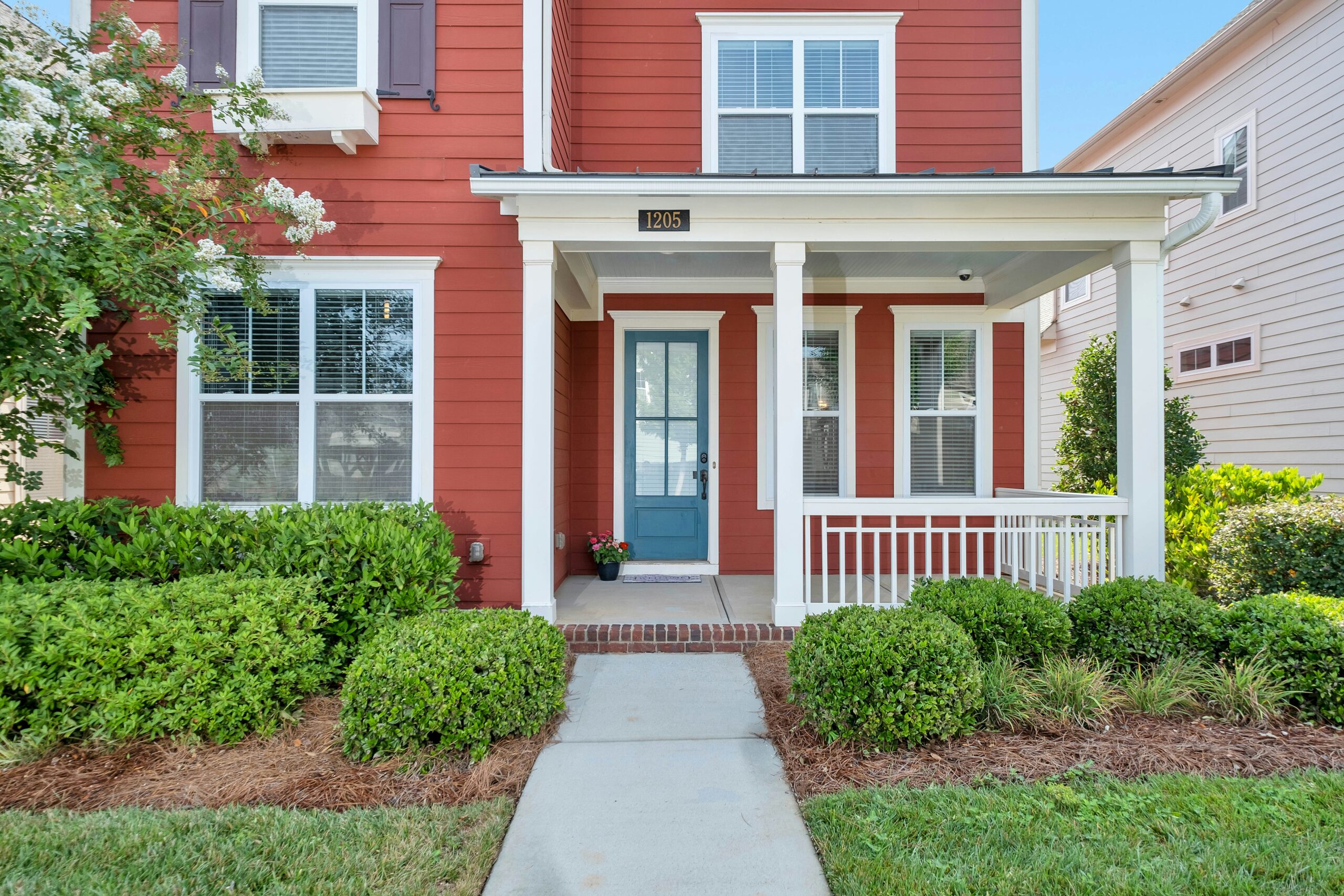
How to Minimize Your Capital Gains Tax After Selling Your Home
Despite a slowdown in U.S. home sales, many homeowners found themselves making a profit when selling their properties in 2023. However, these gains could result in a tax bill this season, depending on the size of the windfall, experts caution.
According to ATTOM, a nationwide property database, in 2023, the typical median-priced single-family home yielded a profit of $121,000 for sellers, slightly lower than the $122,600 seen in 2022. Sometimes, however, profits exceed the IRS limits for tax-free gains, leading to unexpected tax obligations for sellers, noted Miklos Ringbauer, a certified public accountant and founder of MiklosCPA in Los Angeles.
Despite potential tax bills, the tax laws are designed to promote homeownership, Ringbauer explained. Single homeowners can shield up to $250,000 of home sales profit from capital gains taxes, while married couples filing jointly can exclude up to $500,000, provided they meet the IRS eligibility criteria.
However, for profits above these exclusion limits, long-term capital gains taxes apply, ranging from 0% to 20% depending on your 2023 taxable income. To qualify for the $250,000 or $500,000 capital gains exclusions, homeowners must pass certain ownership and residence tests, which can be complex but are essential for tax planning, Ringbauer emphasized.
In addition to the ownership and residence tests, a partial exclusion may be possible under specific circumstances, such as selling your home due to a workplace location change, health reasons, or unforeseeable events. However, the IRS generally does not allow the tax break if you received the exclusion for the sale of another home within two years of your closing date.
To reduce your capital gains, you can increase your home’s original purchase price or “basis” by adding certain improvements that prolong its useful life, as explained by Assunta McLane, a certified financial planner. These improvements include home additions, updated systems, landscaping, or new appliances, but not repairs or maintenance costs.
Keeping detailed records of home improvements is crucial, as estimates are not sufficient for an audit. After a home sale, the IRS receives a copy of Form 1099-S, which shows the closing date and gross proceeds. However, you need proper documentation to prove any changes to your home’s basis, making it important to maintain thorough records throughout your ownership.










